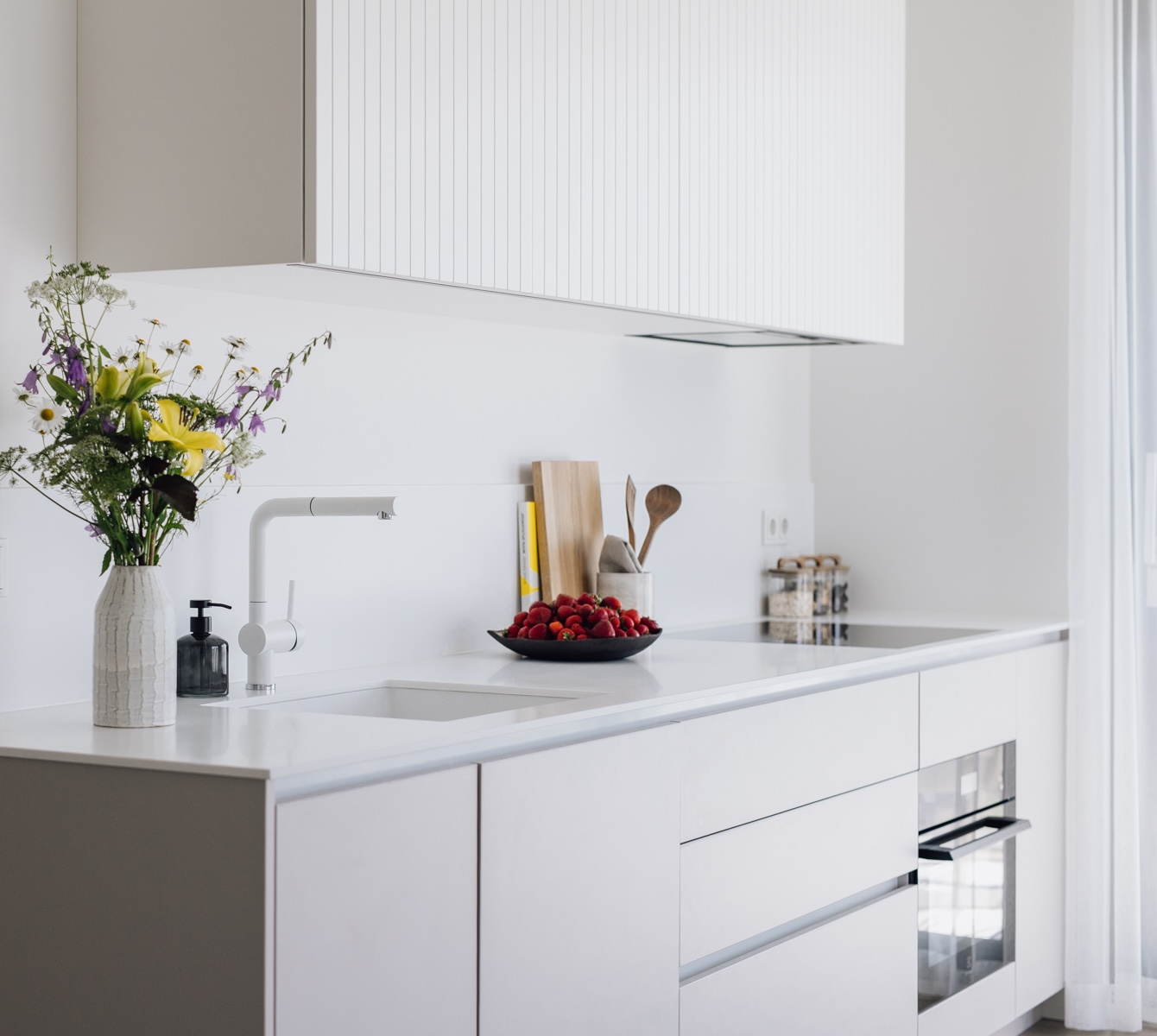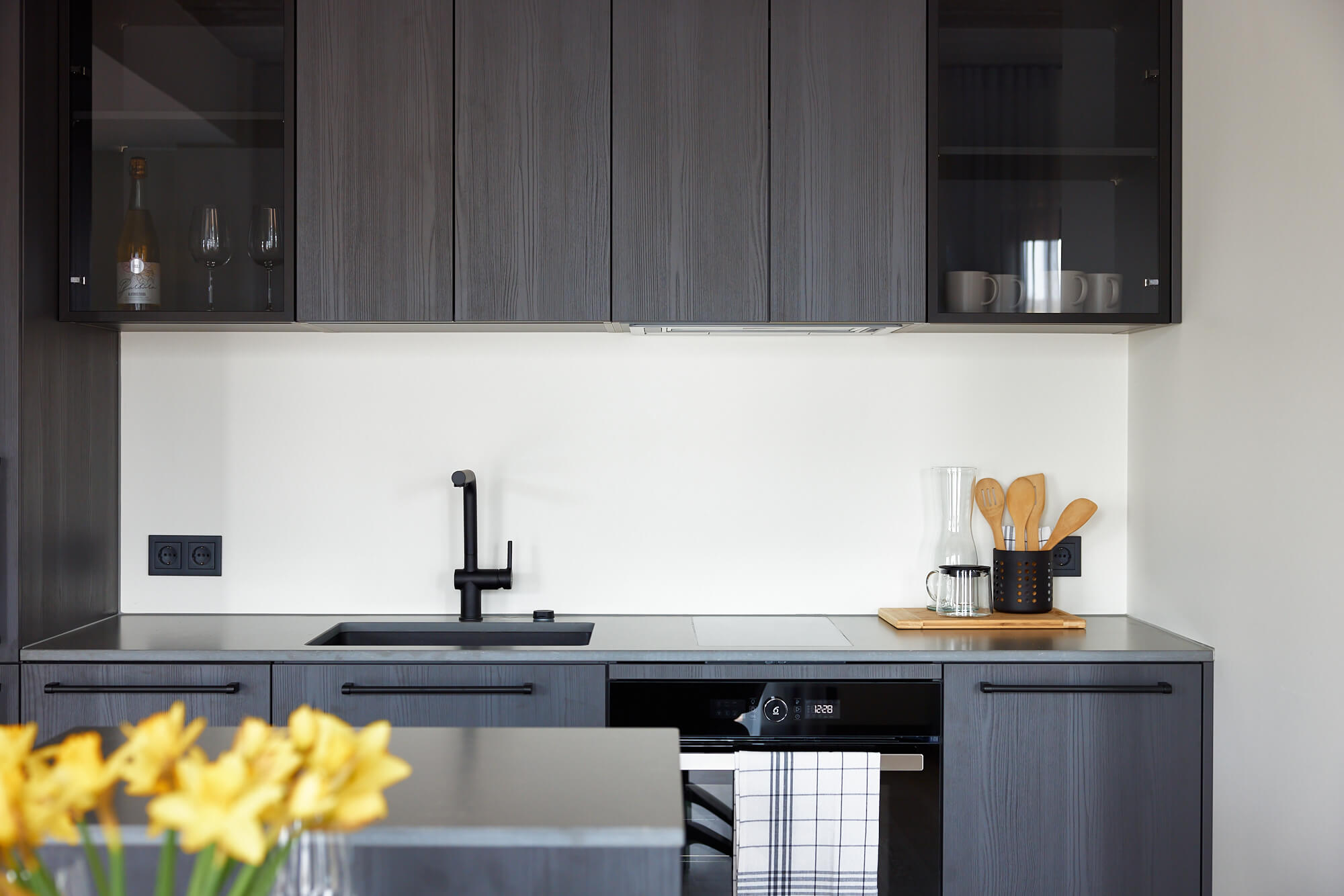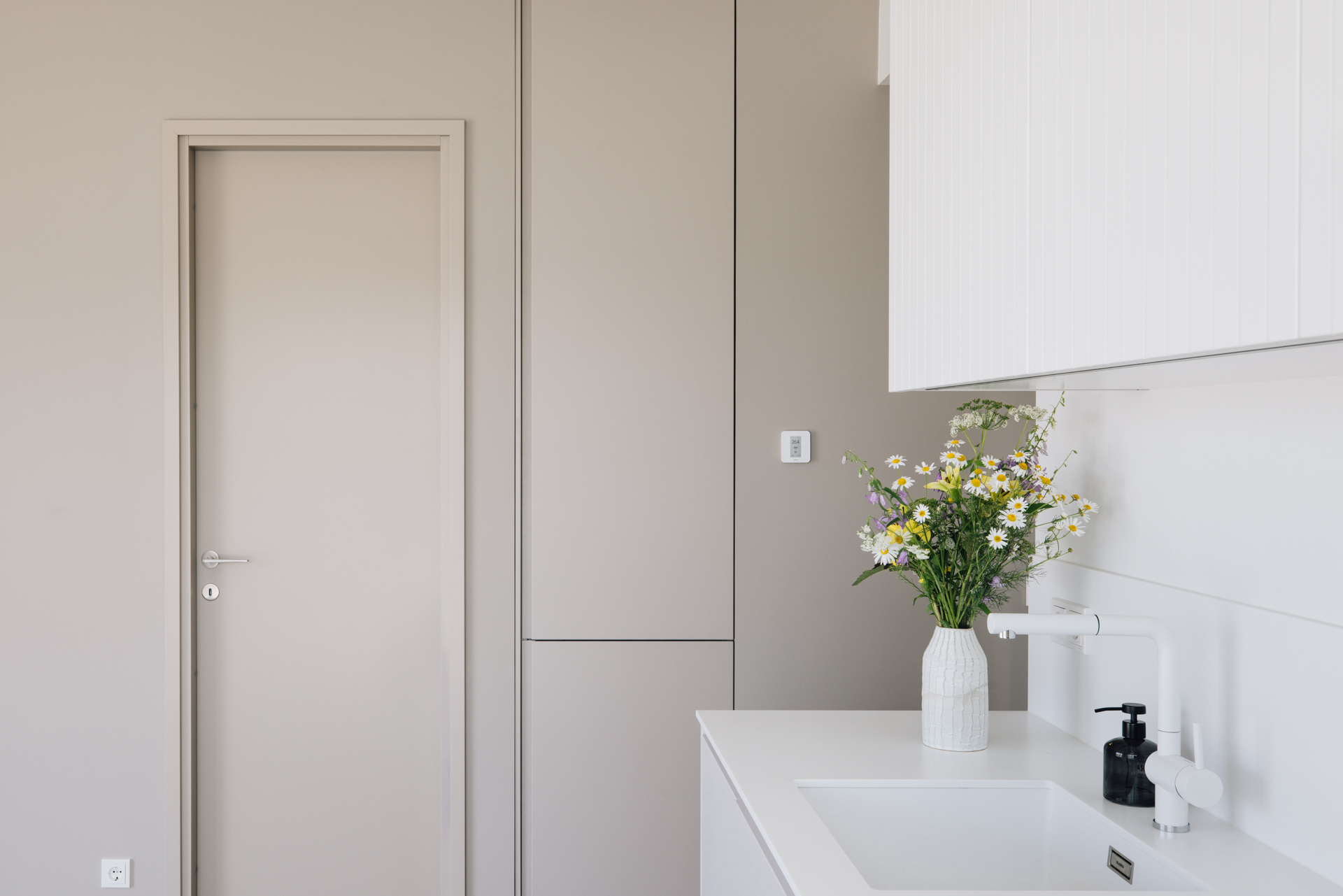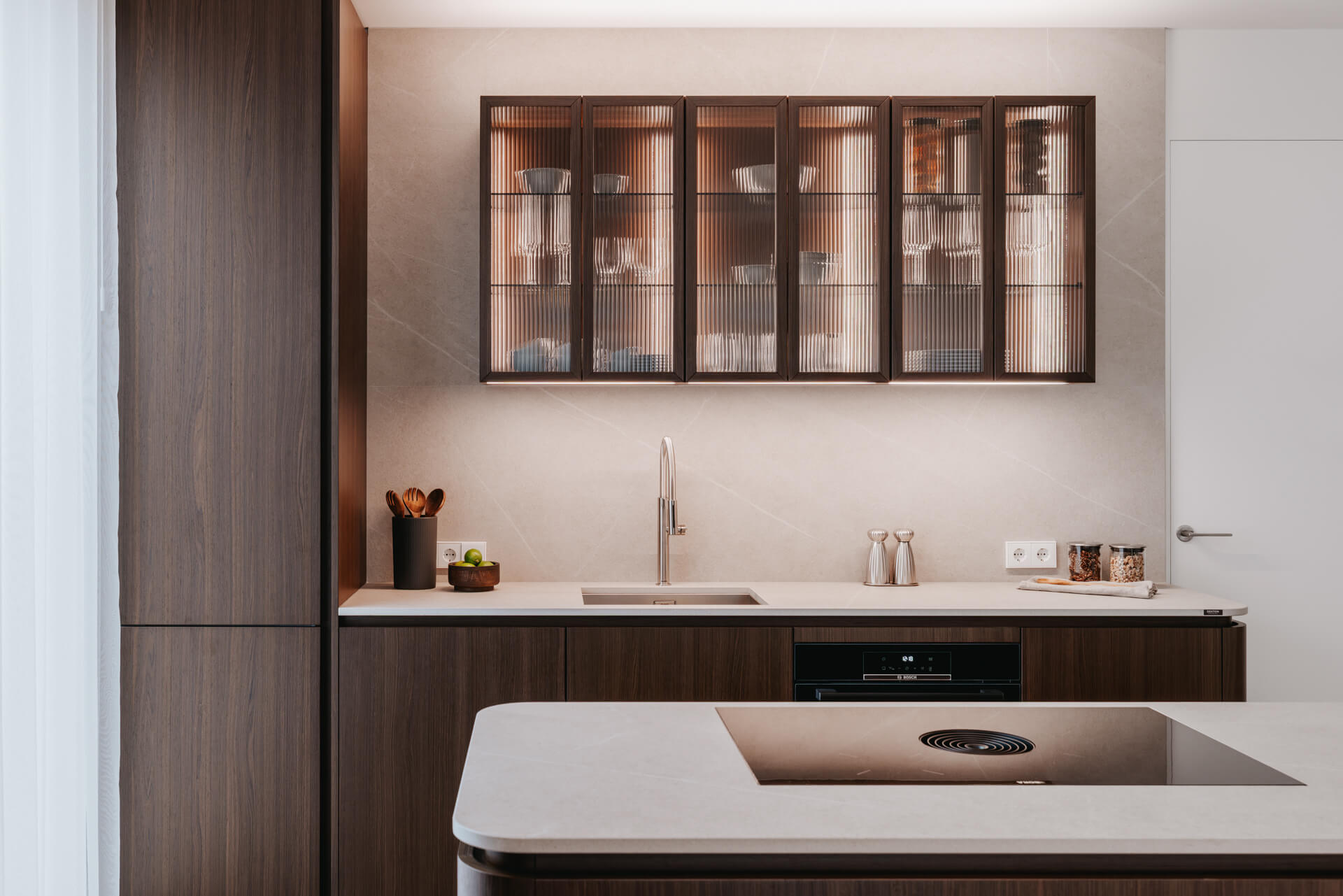How to choose a location?
1. Compass and the Sun’s Movement
Pay attention to how your chosen home is positioned in relation to the sun. It’s also important to note that in our climate, the sun’s path differs between summer and winter. The sun’s movement diagram often represents the summer sun’s trajectory.
A compass is available on Liven’s website for every apartment.
2. Commercical Spaces in the Building
In new developments, the ground floor is often planned for commercial spaces.
Investigate which businesses are planned for these spaces. At an early stage of development, it’s often unclear which companies will occupy the building, but you can find out what kind of commercial space is being designed to meet the needs of specific businesses. For example, restaurants require appropriate ventilation, etc. This will give you an idea of what types of businesses might move in in the future.
P.S. Liven’s commercial spaces are highly sought after by restaurants, cafes, shops, salons, and other services — anything that could make life in a vibrant community even more comfortable and enjoyable. We want people to love the businesses in their building and feel they contribute to their success. However, there are a few exceptions that no one would want to have beneath their home: liquor stores, nightclubs, pawnshops, and smoking rooms. These businesses will not be found in Liven developments.
3. Elevation Markers and Landscaping on the Site Plan
Elevation markers on the site plan help you understand how flat or hilly the land is. Uneven terrain is often more playful and offers more exciting design opportunities. The plan will indicate both new trees and shrubs, as well as existing ones that will be preserved. Knowing the type of tree allows you to think about its potential height in the coming years.
A tree provides shade — this means it creates privacy and alleviates sun heat, but it may also block a potential view.
Rainwater infiltration on the plot is a modern, environmentally sustainable solution, and you should also be able to find this information on the site plan.
4. Check-list for Evaluating the Location of a New Home (if some factors are not important to you, rate those that you find significant):
- Proximity to schools and kindergartens (by public transport/car/on foot)
- Proximity to grocery stores – by car or on foot
- Distance to the nearest bus stop
- Distance to your workplace
- The home’s orientation relative to the sun
- The orientation of the balcony/terrace relative to the sun
- The location of the home within the building
- Businesses in the building and surrounding area
- Potential cost of maintaining the development’s solutions (e.g., landscaping, heated garage, etc.)
If possible, it’s ideal to live near your family’s workplaces and schools/kindergartens, as it helps reduce environmental impact and saves time.
Explore homes created by Liven here.




